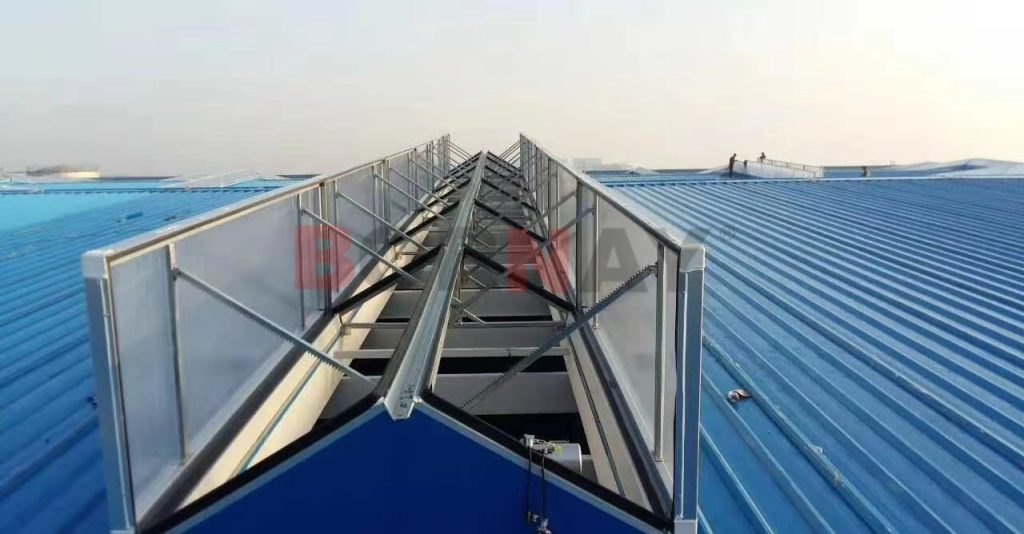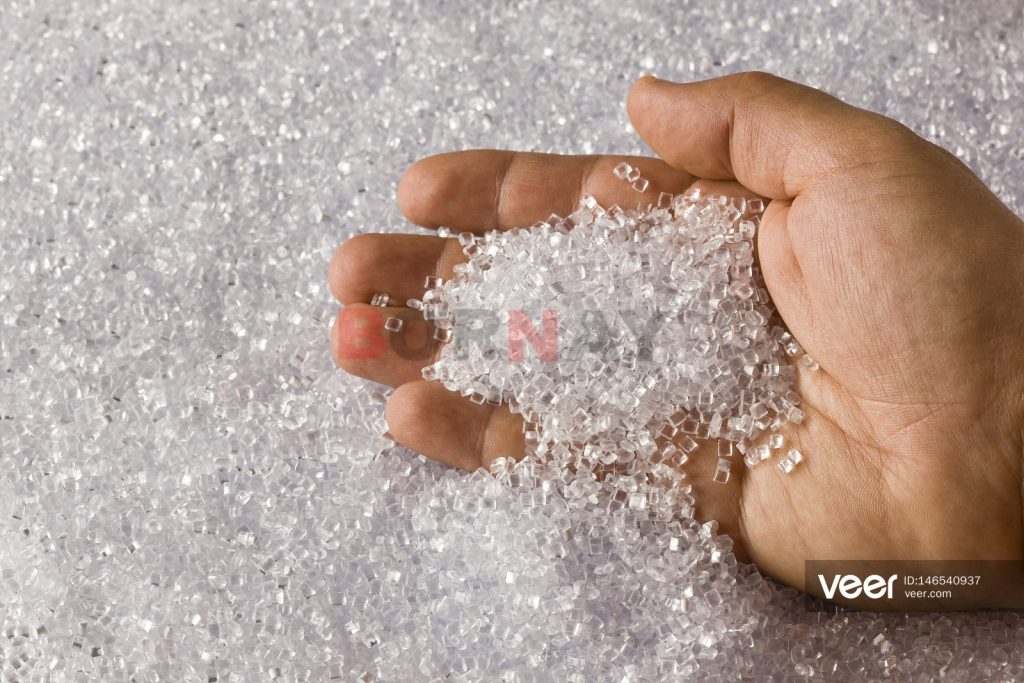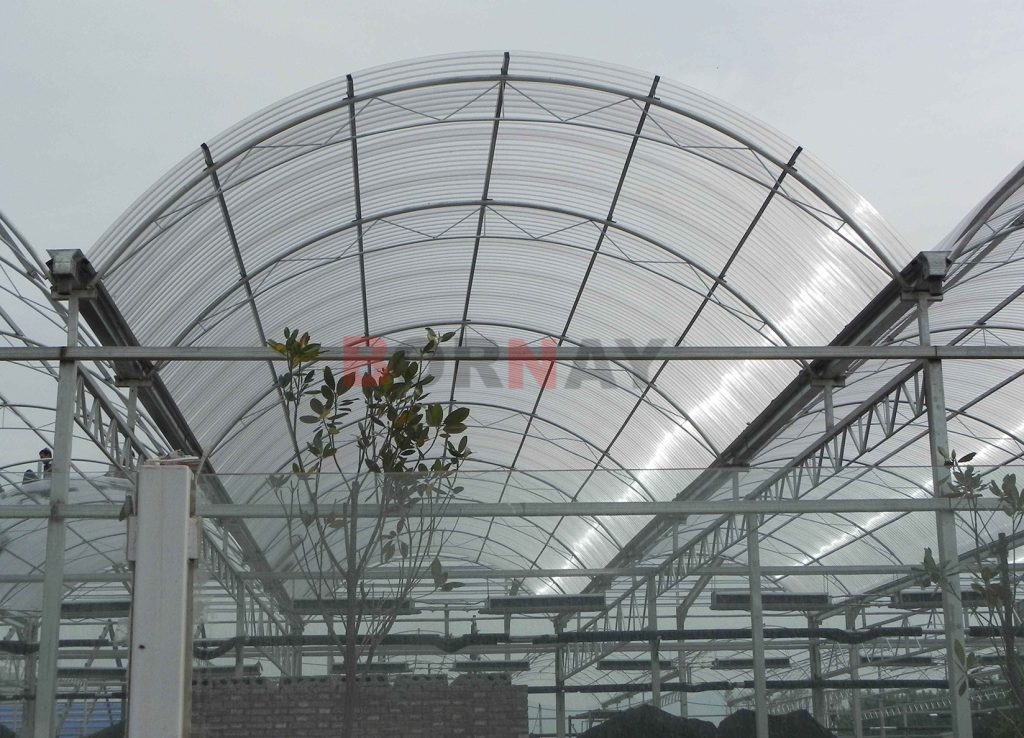bonai@tilefrp.com
The development trend of FRP roof panels in the construction industry

Fiber Reinforced Polymer (FRP) roof panels have gained popularity in the construction industry due to their numerous advantages over traditional roofing materials. Here are some key development trends regarding FRP roof panels:

Lightweight and High Strength: The lightweight nature of FRP roof panels offers several advantages. It simplifies transportation and installation processes, reducing the need for heavy machinery and labor. Additionally, the reduced weight places less stress on the building structure, allowing for more design flexibility and potential cost savings in the construction of supporting elements.Advancements in materials and manufacturing techniques have contributed to the increased strength of FRP panels. The use of high-performance fibers, such as carbon or aramid fibers, combined with advanced resin systems, enhances the structural integrity of the panels, making them capable of withstanding significant loads and ensuring long-term performance.Durability and Longevity: FRP roof panels have exceptional durability. They are highly resistant to corrosion, weathering, and chemical exposure, making them suitable for a wide range of environments, including coastal areas or industrial settings. Their resistance to UV radiation prevents fading, cracking, or degradation over time. This durability ensures a longer lifespan compared to traditional roofing materials, resulting in reduced maintenance and replacement costs.Versatility in Design: FRP panels offer architects and builders greater freedom in design. They can be manufactured in various shapes, sizes, and colors, allowing for customized roof structures that align with the desired architectural aesthetics. Manufacturers can even replicate the appearance of other materials, such as clay tiles or shingles, while still providing the benefits of FRP, giving designers more options to create visually appealing roofs.Energy Efficiency: FRP roof panels have excellent thermal insulation properties. They minimize heat transfer through the roof, reducing the need for extensive heating and cooling systems. This energy efficiency leads to lower energy consumption and decreased utility costs for the building owner. Additionally, the panels' insulation properties contribute to a more comfortable indoor environment by maintaining stable temperatures.Sustainability and Environmental Benefits: The construction industry has been increasingly focused on sustainability, and FRP roof panels align with this trend. Many manufacturers utilize recycled materials in the production of FRP panels, reducing waste and resource consumption. Moreover, at the end of their life cycle, FRP panels can be recycled, minimizing their environmental impact.The lightweight nature of FRP panels also contributes to their sustainability. During transportation, the reduced weight results in lower fuel consumption and carbon emissions. Furthermore, the panels' extended lifespan and low maintenance requirements reduce the need for frequent replacements, leading to less waste generation over time.Ease of Installation: FRP roof panels are designed for ease of installation, saving both time and labor costs. Their lightweight nature simplifies handling and reduces the need for specialized equipment during installation. The panels can be manufactured in large sizes, allowing for quick coverage of the roof area and reducing installation time compared to smaller, individual roofing materials like tiles or shingles.Fire Resistance: Fire safety is a critical consideration in building design. FRP roof panels can be engineered to possess excellent fire-resistant properties, meeting stringent fire safety standards. They have a high resistance to ignition and flame spread, minimizing the risk of fire-related incidents. This feature enhances the overall safety of the building and provides occupants with increased protection.Cost-Effectiveness: While the upfront cost of FRP roof panels may be higher compared to some traditional materials, their long-term benefits make them cost-effective choices. Their durability ensures a longer service life, reducing the need for frequent repairs or replacements. The energy efficiency of FRP panels leads to lower operational costs over time. Additionally, their lightweight nature reduces structural requirements, resulting in potential cost savings in the construction of the building's framework.

As the demand for sustainable and efficient building materials continues to grow, the development of FRP roof panels will likely focus on further improving their performance, versatility, sustainability, and cost-effectiveness. Advancements in materials science, manufacturing processes, and design techniques will contribute to the ongoing evolution of FRP roof panels, making them an increasingly attractive and viable option for the construction industry.



